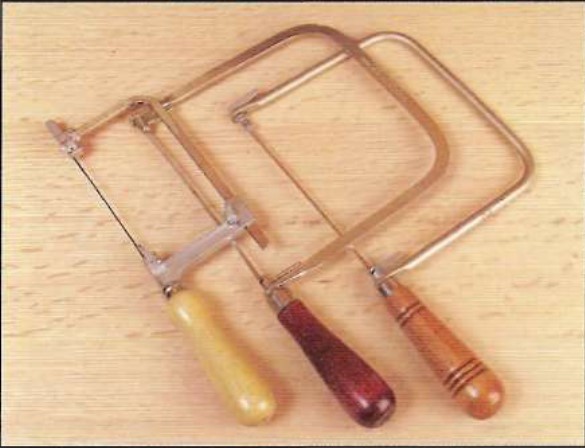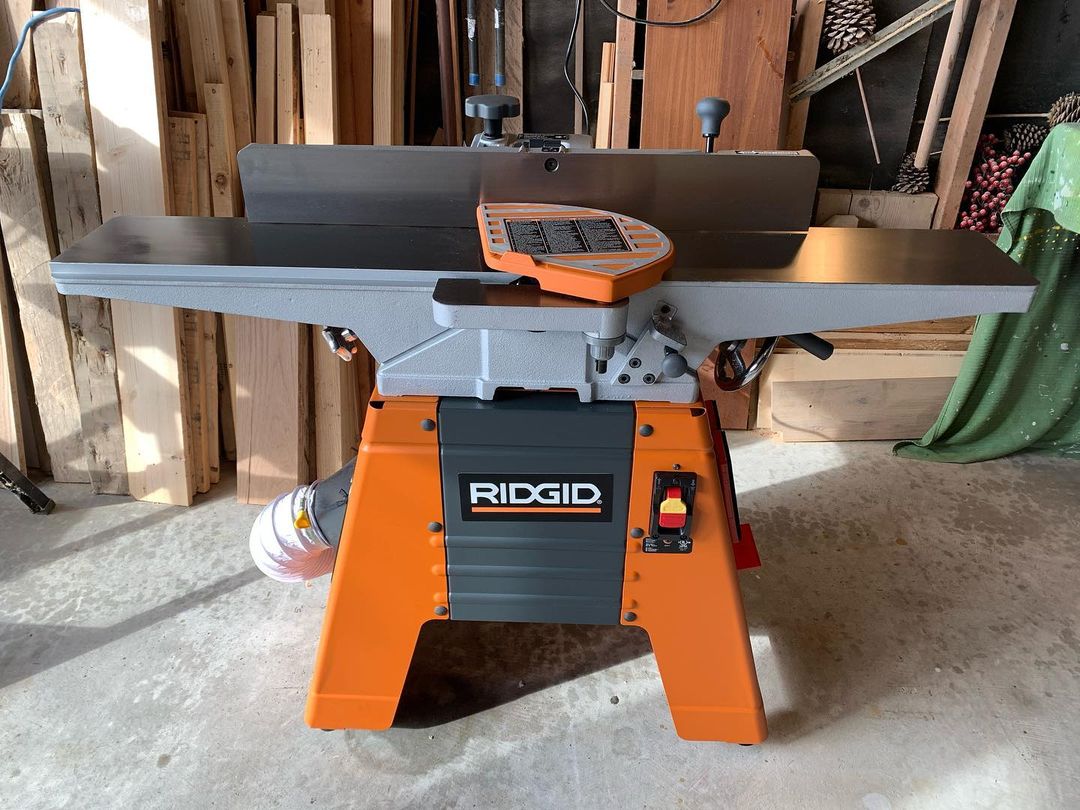POWER TOOLS
Heavy sawing, planing, and boring can be accomplished with far less human energy.
Moreover, when proper tools are used in a proper way, high levels of accuracy can be achieved.
There are two general types of power tools;
1. Portable
2. Stationary.
Portable tools are light weight and easy to handle and are hand held during the operation. Portable tools are used in ever phase of carpentry and used in nearly every stage of rough framing.
Stationary tools are basically the same as portable tools, only larger and are mounted on a table or bench and the work is brought to the piece of machinery. Each piece of machinery has a manual and the safety rules should be followed explicitely.The manual will aslo tell you how to trouble shoot the tool and also give you a parts list in case anything breaks down.
The stroke of the blade is about 1/2 -3/4″.The saw operates on the up stroke and at a speed of around 2500 strokes per minute. Blades for the saw come with teeth ranging from 6 to 12 teeh per inch and by cutting on the up stroke they will splinter the wood on the top side, so if you are cutting a finished piece you would want to cut from the back side.Anyone can use a saber saw with a little practice.
Check with your tool suppliers as to which drill you would need for a paticular job.
Routers come in various sizes and horse power, and also come for 1/4 and 1/2 in. shanks.
Some routers operate at a fixed speed of between 24,000 to 30,000 RPMs, while other routers have a variable speed which accommodate larger bits and should be used in a router that has been mounted in a router table.
Both routers and router tables are too numerous to mention in this chapter and it would be advisable to start small and work to larger routers with experience.
1. Belt
2. Disc
3. Finish
They vary widely in size and design. Manufacturer’s instructions should be followed carefully in the mounting of belts, discs, and sheets. always unplug the tool when changing paper.
Every power tool that is portable can be taken to the work, where the work must be taken to the stationary tool, otherwise they are the same and serve the same purpose.
Power staplers and nailers come in many sizes and shapes and are used for many different purposes and should be used with care and the proper safety precautions in place.
The motor is mounted in a yoke and may be tilted for angle cuts. The yoke is suspended from the arm on a pivot which permits the motor to be rotated in a horizontal plane.
Adjustments make it possible to perform many sawing operations.
When crosscutting, mitering , beveling, and dadoing, the work is held firmly on the table and the saw is pulled across the work to make the cut.
For ripping and grooving, the blade is turned parallel to the table and locked into position. The stock is fed into the saw blade much like the table saw, with the wood being fed toward the upcut of the saw blade and not with the rotation of the blade as this may tend to throw the work out the other end of the table.
For regular crosscuts and miters, first make sure the saw is back against the column or carriage. Then place the work on the table and align the cut. Hold the stock with one hand firmly against the fence with your hand at least 6″ away from the blade path. Turn on the motor and gently pull the saw through the work as the saw may tend to grab the work piece and “feed itself” across the board. YOU must control the rate of feed. When the cut is made return the saw back to the column and turn the saw off.
Carpenters use them to some extent for cutting an dfitting moldings and other inside trim work.
When used for carpentry, the smaller sizes (4 to 6 in. jointers and 8 – 10in. table saws) are usually selected because they can be easily moved from one job to another.
Space on this site does not allow or permit more than an introduction to this equipment.
Woodworking text books provide a complete description of the wide variety of work they will do along with instruction on how to use them.
Jointers contain many parts to make it a functional tool with its adjustable fence from 90 degrees to any margin of degree including a 45 degree position. The cutter head has normally three knives and travels at 4500 RPMs. The size of the jointer is determined by the length of these knives. It has an infeed table , and outfeed table mounted on a base with adjustable settings and a safety guard over the knives.
The three main adjustable parts of the jointer are the infeed table , the outfeed table and the fence. The outfeed table must be the same height as the knife edges at their highest point of rotation.
This is a critical adjustment. If the table is too high the stock will be gradually raised out of the cut and a slight taper will be formed. If it is too low the tail end of the stock will drop as it leaves the infeed tableand cause a ” bite” in the surface or edge.
The fence guides the stock over the tables and it should be perpendicular to the table surface when jointing an edge square with a face. The fence is tilted when cutting a chamfer or bevel.
Power tool care and maintenance should be covered in each tools manual and should not deviate from that method or methods. Proper care and maintenance will give good quality performances from your power tools.
This concludes this chapter.



